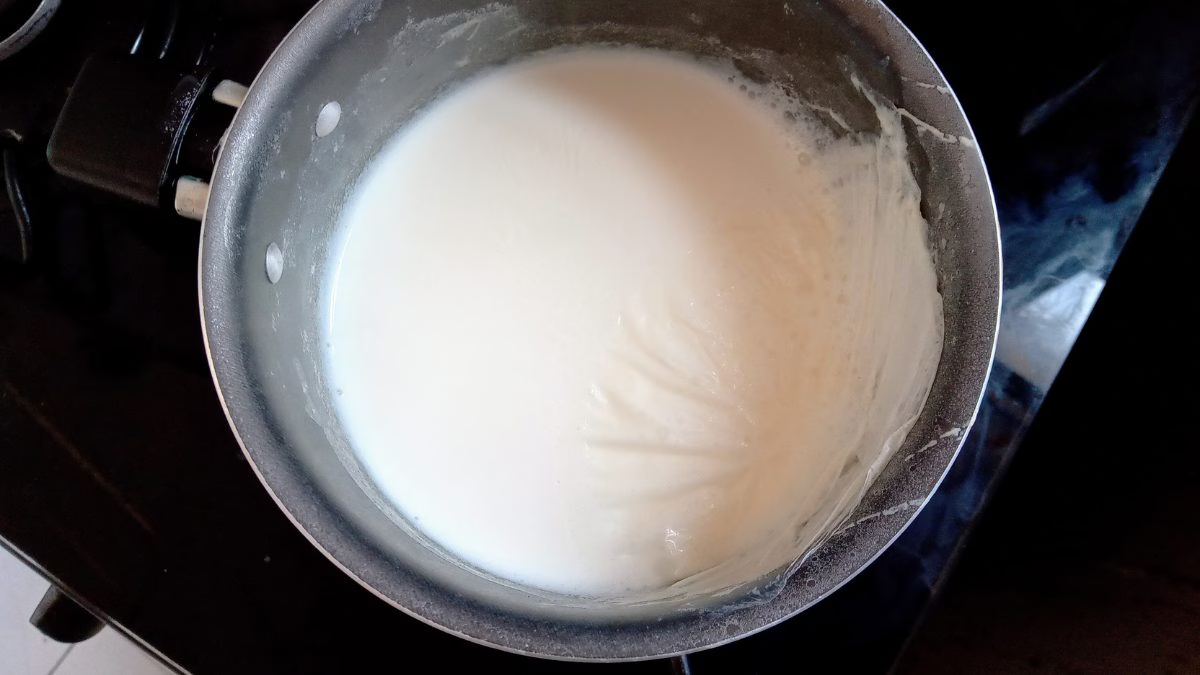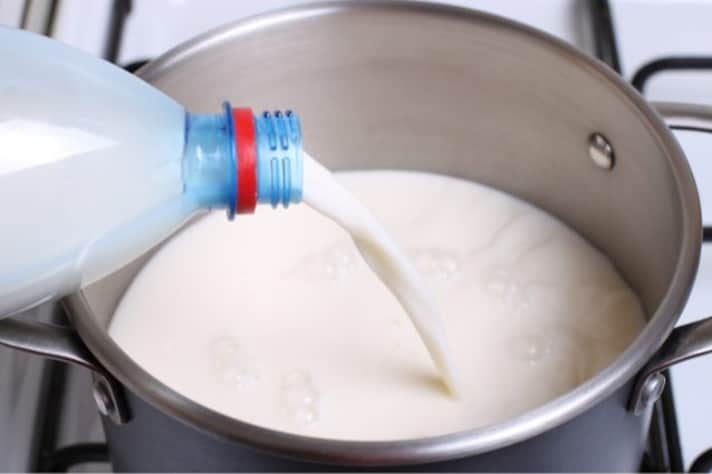
Milk, a staple in both sweet and savory recipes, often needs to be heated or cooked before incorporation into various dishes. This process, while seemingly straightforward, can sometimes lead to an undesirable outcome: curdled milk. Curdling occurs when the milk separates into curds and whey, often giving the dish a grainy or lumpy texture. To ensure the success of your culinary creations, understanding how to prevent milk from curdling is essential.
Why Does Milk Curdle, and Is It Safe to Eat?
Milk curdles due to the denaturation of proteins, primarily casein, which reacts to heat or acidity. This reaction can be a natural part of some cooking processes, like in making cheese or paneer. However, in most cooking scenarios, curdling is not desirable. It's important to note that curdled milk in your pan doesn't always mean the milk is spoiled. While visually unappealing, it is typically safe to eat if the milk was fresh before cooking. The key is managing the cooking environment to prevent this from happening.

How to Prevent Milk From Curdling?
The most common cause of milk curdling is high heat. To prevent this, always heat milk gently and gradually. Start by warming milk on a low heat, stirring constantly to distribute the heat evenly. Avoid allowing the milk to boil; a gentle simmer or steam is sufficient for most recipes that require warm milk.
What Can I Add To Milk to Stop it From Curdling?
Adding stabilizing agents can help prevent milk from curdling. Ingredients like flour or cornstarch, commonly used in sauces and gravies, can increase the stability of milk when heated by thickening the mixture and distributing the heat more evenly. Another agent, baking soda, is mildly alkaline and can neutralize acidity in the milk, thereby preventing curdling. Just a pinch can help, especially in recipes that involve acidic ingredients like tomatoes or lemon.

How to Avoid Milk Curdling in Coffee and Tea
When adding milk to hot beverages like coffee or tea, the high heat and acidity can cause curdling. To prevent this, warm the milk slightly before adding it to the beverage. This reduces the temperature shock and acidity impact. Also, using higher-fat milk or cream can be beneficial, as they are less prone to curdling compared to low-fat or skim milk.
Oh No! My Milk Curdled… What Now?
Despite your best efforts, if milk curdles during cooking, all is not lost. For some dishes, particularly soups or sauces, you can pour the mixture into a blender and blend until smooth. Straining through a fine sieve can also remove larger curds. This won't reverse the curdling but can help create a smoother texture in the final dish.
;Resize,width=767;)
